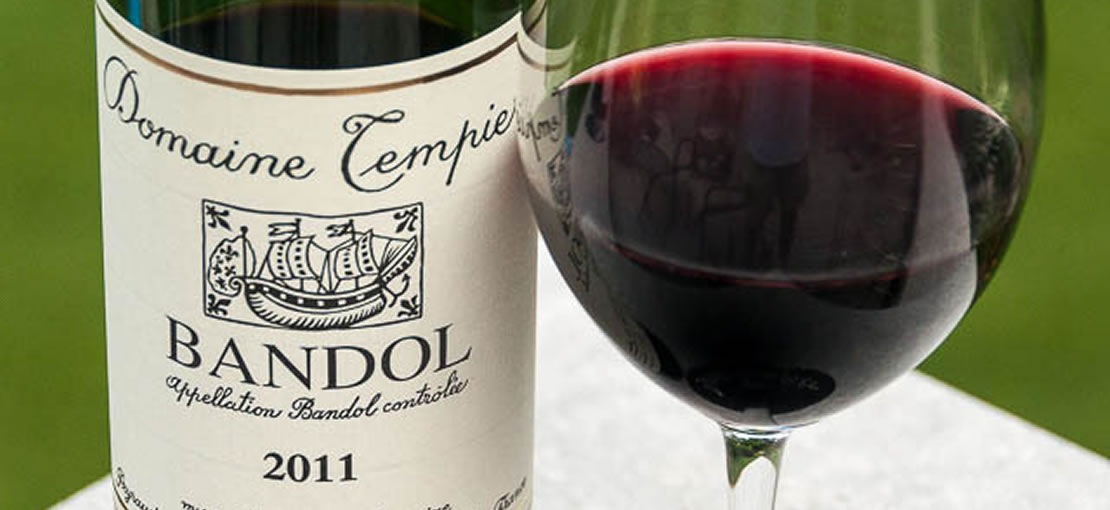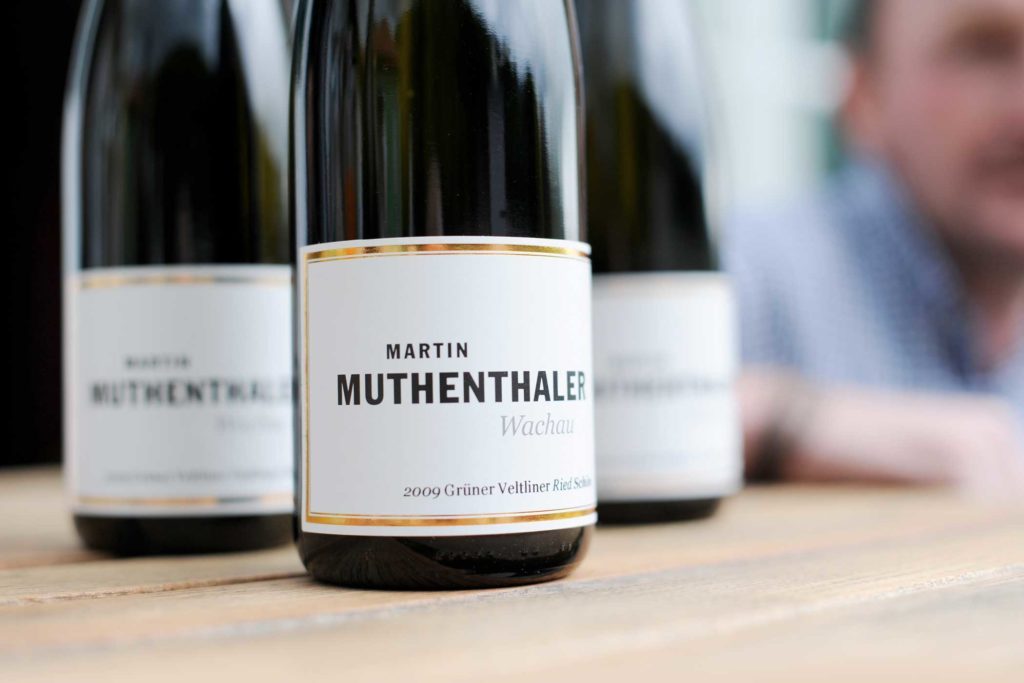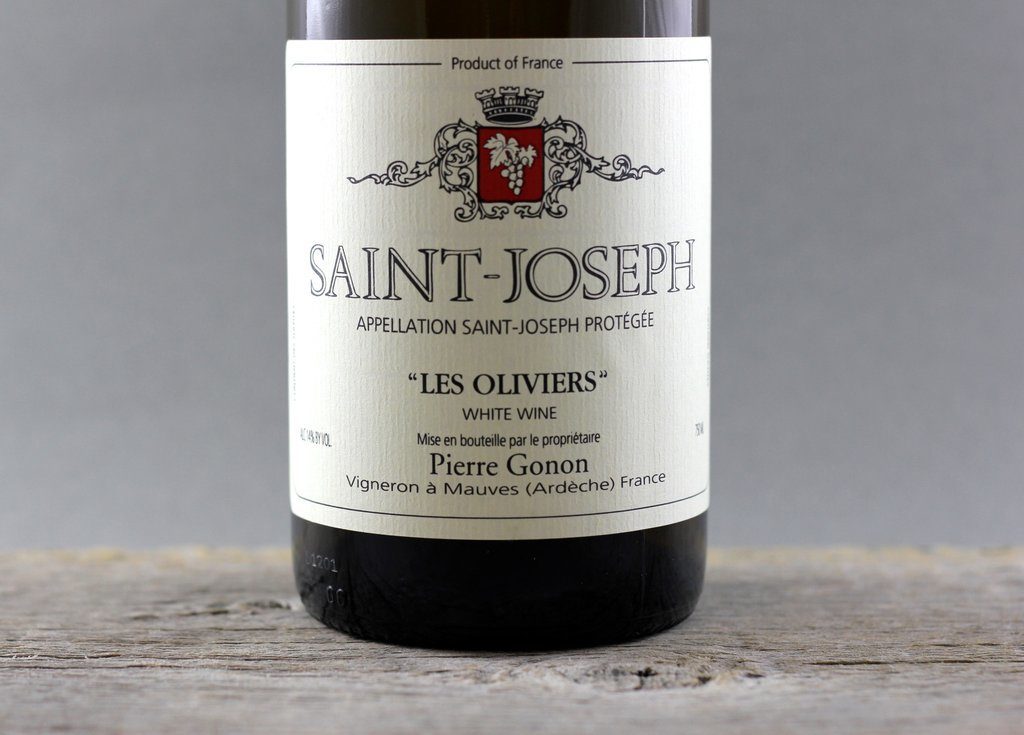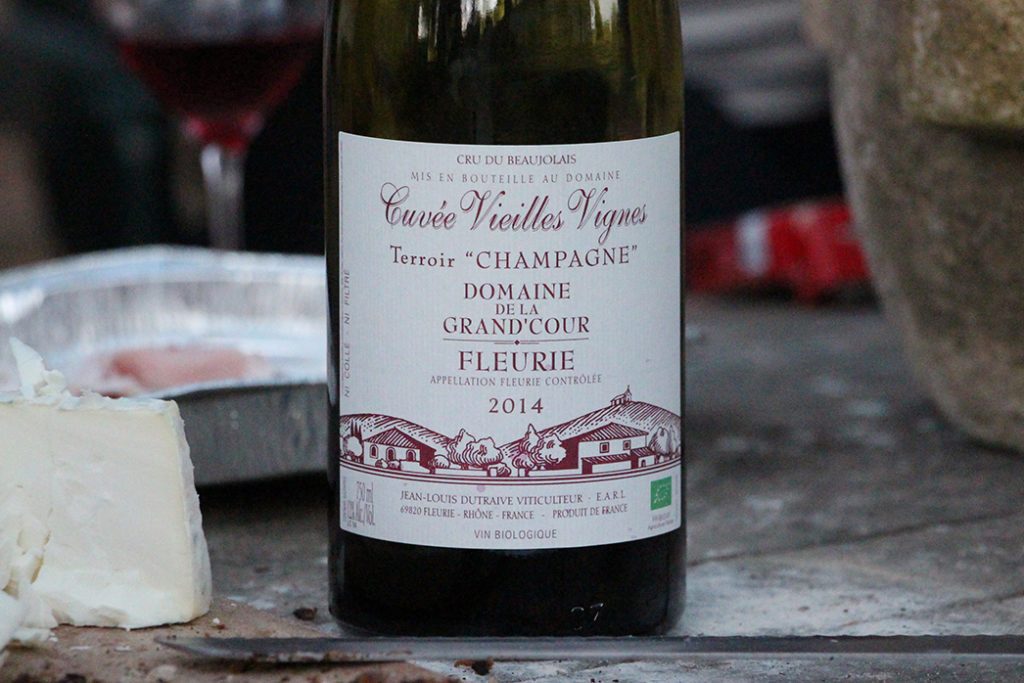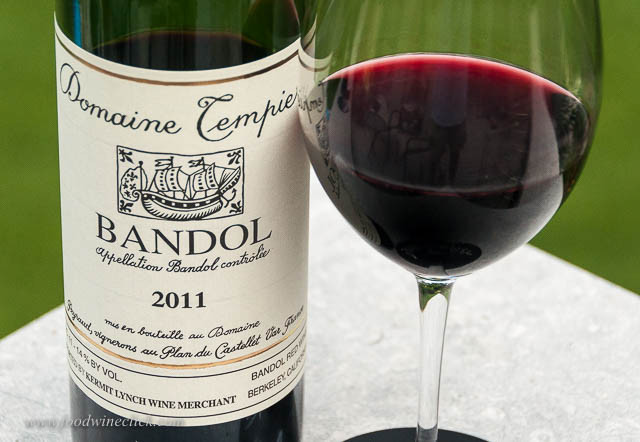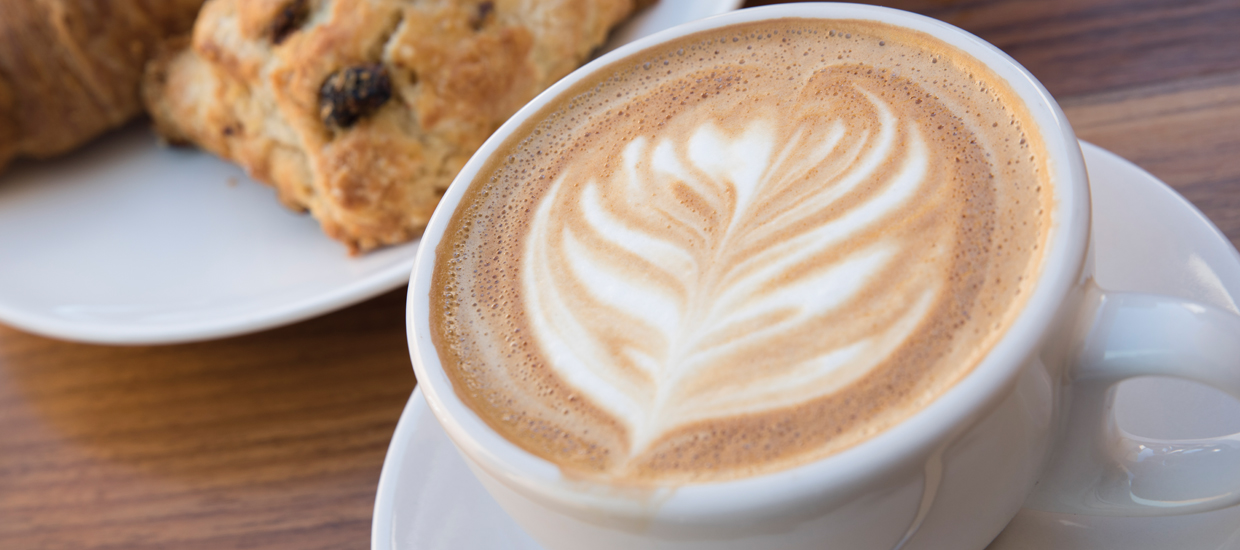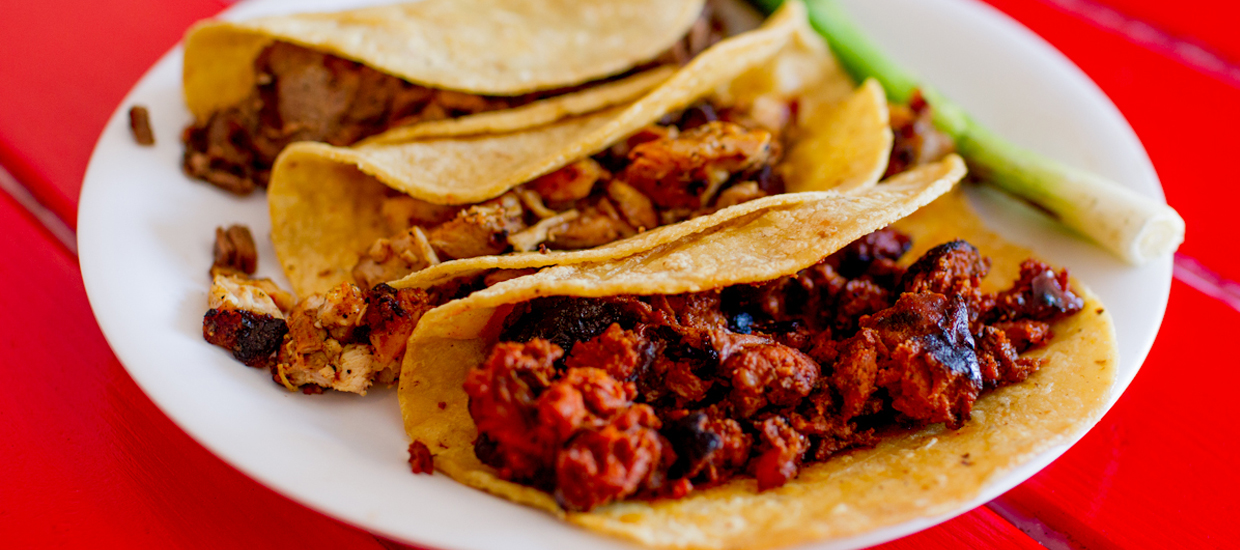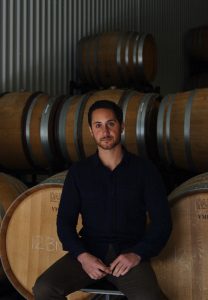
Brian McClintic is a Master Sommelier and documentary film star in the movies SOMM and SOMM: Into the Bottle. We asked Brian how a first-time wine collector should start a wine collection. Doing a quick Google search will result in a handful of articles on the subject, but each article requires a starting budget of $10,000!
We challenged Brian to give us tips on starting a collection by spending no more than $1,000.
“I like the $35-$55 range with starting a cellar. That’s the range I use for 99% of the wine I buy and for Viticole as well.” (Viticole is Brian’s newest venture, an online wine club and travel blog that focuses on domestic and imported selections that can’t be found on the open market.)
Obviously, that’s not going to be a lot of bottles before you hit $1,000, but anything lower priced is typically not worth cellaring. There are exceptions, but few and far between for something that is farmed and produced responsibly.
When it comes to a buying strategy, start with the producer first and work your way out. In other words, instead of saying you should cellar Northern Rhone Wines or Barolo, start with bankable producers, following them in subsequent vintages. “To me, the old world still represents tremendous value,” McClintic said.
Here are a few thoughts on Brian’s favorite producers in different styles. All are farmed organically:
Light, Crisp Whites
Martin Muthenthaler Bruck Riesling $50 SRP. This Austrian producer has just started being imported to the states and is making some of the finest dry Riesling on the planet. Expect the current release to drink well young and cellar 20+ years.
Richer Whites
Gonon ‘Les Oliviers’ Saint Joseph Blanc $37 SRP. This Marsanne-dominated blend will give Chardonnay drinkers something to love. Gonon’s Syrahs are extremely age-worthy, but the whites tend to eclipse the reds in the cellar.
Light Reds
JL Dutraive Fleurie ‘Terroir Champagne’ $44 SRP. This Cru Beaujolais is so delicious now but in the last couple of vintages (’14 & ’15) it demonstrates the hallmarks of a wine that will last 15 years plus in ideal conditions.
Big Earthy Reds
Domaine Tempier Classique $45 SRP. It appreciates in every vintage from the moment the next vintage drops. The wines are accessible now and can age comfortably for 40 years plus in the best vintages. Can be tough to find and usually sells out every year. A 2014 half- bottle is still available for around $27. Check it out.
Parting words of wisdom from Brian as you journey down this obsession: “Too many people get fridge happy after a few drinks and open up something they shouldn’t. I’ve learned this lesson the hard way and now store all my wine off-site for this reason.”
About Brian
After 20 years in the restaurant/retail industry, he founded Viticole, an online wine club and travel blog that focuses on domestic and import selections that can’t be found on the open market. By the 1st of every month, Brian travels to a wine region and offers out a special cuvee directly from the winery door in real time. You can follow his travels and join the monthly wine club at: http://viticolewine.com
Editor’s Note:
Here are some wines that are similar in style to the ones above and more readily available to try.
If it’s tough to find a Martin Muthenthaler Bruck Riesling, then go for either Austria’s Pichler-Krutzler Trum Riesing 2013 ($30) or Schloss Gobelsburg Tradition Riesling 2013 ($50). Equally impressive, less expensive, and a beneficial addition to our collection.
For a domestic equivalent to the Saint Joseph Blanc give a white Rhone from Tablas Creek out of Paso Robles ($22) or Booker ($48) a shot. Tablas Creek partners with iconic Chateau de Beaucastel, so their wines are remarkably French in style. Booker’s Eric Jensen has a way with white Rhones that make him a standout in California.
America has nothing to compare to the Cru Beaujolais, though the world’s favorite light red wine, Pinot Noir, is becoming more entrenched in California, and the quality is rising (as are prices — expect to pay above $50 for most good-quality examples). Sanford ($60) and Babcock ($21) from Sta. Rita Hills are excellent investments; so are Hahn ($23) and Pisoni ($55) from the Santa Lucia highlands. Farther north, turn to Landmark and Patz & Hall ($87).

